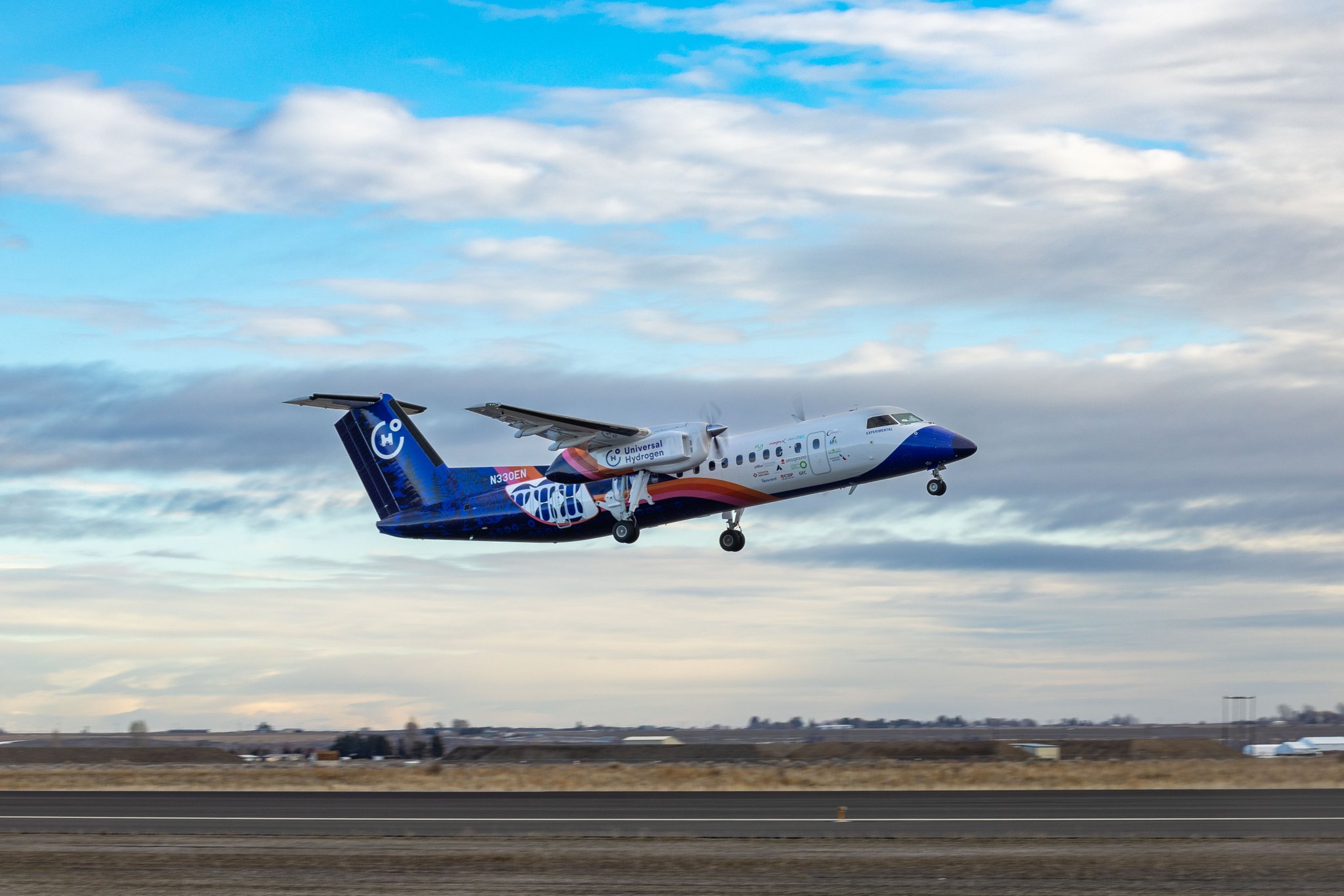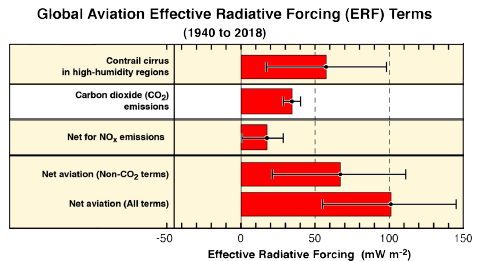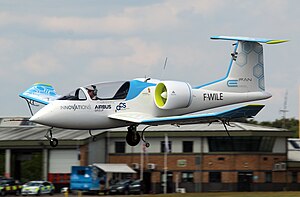Leeham News and Analysis
There's more to real news than a news release.
Bjorn’s Corner: Air Transport’s route to 2050. Part 26.
June 13, 2025, ©. Leeham News: We do a Corner series about the state of developments to improve the emission situation for Air Transport. We try to understand why development has been slow.
We have examined different ways to lower global warming over the course of the series. Over the last weeks, we have summarized what practical results we can expect from the different alternatives we have to reduce global warming from Air Transport. We looked at the following alternatives:
Bjorn’s Corner: Air Transport’s route to 2050. Part 16.
April 4, 2025, ©. Leeham News: We do a Corner series about the state of developments to improve the emission situation for Air Transport. We try to understand why development has been slow.
We now examine the non-CO2 effects of Air Transport that contribute to global warming. Of these, contrails have the largest impact.
Contrails form when aircraft gas turbine engines emit soot particles into water vapor-saturated areas with low temperatures, where the soot particles act as condensation nuclei and the droplets freeze into ice crystals.
The report from Lee et al. (2021) lists non-CO2 effects as more important for Global Warming from Air Transport than CO2 emissions from burning hydrocarbon fuels, Figure 1.
Bjorn’s Corner: Air Transport’s route to 2050. Part 12.
March 7, 2025, ©. Leeham News: We do a Corner series about the state of developments to replace or improve hydrocarbon propulsion concepts for Air Transport. We try to understand why the development has been slow.
Last week, we wrote about Pratt & Whitney’s announcement in January: their trials with critical components of their HySIITE engine, Figure 1, showed that they could increase the efficiency of a hydrogen burn engine by 35%!
It does this by intelligently using the water released when hydrogen oxidizes with the air’s oxygen. The water separated from the exhaust is reheated into steam and entered into the engine’s combustion, reducing NOx by 99.3% and increasing the engine efficiency by 35%.
Bjorn’s Corner: Air Transport’s route to 2050. Part 6.
January 24, 2025, ©. Leeham News: We do a Corner series about the state of developments to replace or improve hydrocarbon propulsion concepts for Air Transport. We try to understand why the development has been slow.
We have covered why the progress of battery-based aircraft is slow and also described what to expect at the end of this decade and the beginning of next.
Now, we look at hybrids, an inherently more complex design. Upstarts are changing to hybrids after realizing that battery-only aircraft will not have useful range this side of 2030.
Read more
Bjorn’s Corner: Air Transport’s route to 2050. Part 1.
October 18, 2024, ©. Leeham News: In Corners over the last years, we have covered new airliner technology and engine developments that would apply to the next-generation airliners in the largest segment of the market, the single-aisle segment, or as we like to call it, the Heart of the Market segment, as it’s not sure it will be a single-aisle aircraft.
The series has assumed this generation will be hydrocarbon-fueled gas turbine-propelled airplanes. Therefore, it has not covered the current state of alternatives to gas turbine-based hydrocarbon propulsion.
We will cover this now. We are now 10 years into the discussions and work of reducing Air Transport’s reliance on hydrocarbon fuels, which started in earnest when Airbus flew the E-Fan battery-electric aircraft at the Farnborough Air Show in 2014, Figure 1.
How are we doing?
Carrots and sticks needed to achieve sustainability goals, says Airbus
Subscription Required
By Tom Batchelor
February 22, 2024, © Leeham News: The sustainability challenge is redefining the aerospace industry in all sorts of ways.

An Airbus A350-1000 is refuelled with a 35% blend of SAF prior to its participation at the 2024 Singapore Airshow’s flying display. Credit: Airbus
For Airbus, which spent €3.2bn on research and development last year, that comes in the form of clean-sheet designs for hydrogen-powered aircraft that promise to reduce in-flight carbon emissions to zero. The European planemaker’s ambition is to bring to market the world’s first such commercial aircraft by 2035.
But Airbus is also working on a successor to the A320 family, referred to as the “next-generation single-aisle” aircraft. At the company’s full-year briefing on February 15, more details were revealed about the aircraft, including confirmation that it would run entirely on Sustainable Aviation Fuel (SAF).
“We’re working on technology to develop the next short-to-medium range aircraft before the end of the next decade, which will be capable of flying up to 100% SAF,” Julie Kitcher, Airbus’ chief sustainability officer, told LNA in Toulouse. “It will be much more fuel efficient, but also feature a new wing design and new materials; we’re working on a lifecycle approach to this aircraft.” Read more
Bjorn’s Corner: New aircraft technologies. Part 28. Alternative Preliminary design
September 1, 2023, ©. Leeham News: We described the Preliminary design phase of an airliner development program last week. One could say this was the classical way that aircraft projects conduct Preliminary design.
There is a different way that Conceptual and Preliminary design can be run. It’s more along the lines of pre-development of functions, as a reader commented on two articles back.
The Small Airliner Problem, Part 10. Cash costs for a battery-based airliner
Subscription required
By Bjorn Fehrm
July 6, 2023, © Leeham News: In our series on costs factors that make up Cash Operating Cost for a battery-based airliner with range extenders, we now add Crew costs and Airport/Airway fees.
We then have all the components of the Cash Operating Cost (COC) for the ES-30 and can compare it to a normal propulsion 30-seat turboprop.
Summary:
- The high operating weight and slow speed of a battery airliner increase the Airport/Airway fees and Crew costs for the ES-30.
- In summary, only one Cash cost remains competitive, and the COC total exceeds the cost of a 30-seater turboprop.
What’s the Green aviation news at Paris 2023?
Subscription required
By Bjorn Fehrm
June 22, 2023, © Leeham News: Every announcement from aircraft deals, OEM updates, or supply chain news now has the words Sustainable/Sustainability injected in every second sentence. It doesn’t matter what the subject is; if it’s about a gas-guzzling way of transporting people at supersonic or even hypersonic speeds or at the other end in an eVTOL which is only as fast as your car on a US highway.
What is the real news about making our air transport system less polluting behind this misuse of the buzzwords? You have to search behind the headlines and the announcements that you know will not turn the dial. Let’s tour the Paris Air Show 2023 and look at the real developments in Sustainability.

Figure 1. First flight of Universal Hydrogen’s DH8-300 with a hydrogen propulsion system on the starboard side. Source: Universal Hydrogen.
Summary:
- The waves of Green propulsion solutions with inflated claims have calmed down.
- It’s replaced with operationally usable solutions that deliver tangible emission gains.
The Small Airliner Problem, Part 8. A battery-based airliner
Subscription required
By Bjorn Fehrm
June 15, 2023, © Leeham News: In our series on fundamental costs factors that make up Cash Operating Cost, COC (Fuel, Maintenance, Airway/Airport fees, Crew costs), we have started analyzing if the size related cost factors also apply to green propulsion airliners and if the trends stay the same or change.
We use the Heart Aerospace ES-30 project as an example of a battery-based airliner with range extenders. Last week we developed the fundamental aero data for the aircraft with our Aircraft Performance and Cost model; now, we fly representative sectors and look at the energy and fuel consumptions compared to a similar-sized turboprop airliner.
Summary:
- There is a difference between what the theory says about aircraft range on batteries and how you have to fly in practice to keep battery costs down.
- The ES-30 has dual range-extending Turbogenerators. They get going more often and at a shorter range than advertised.









